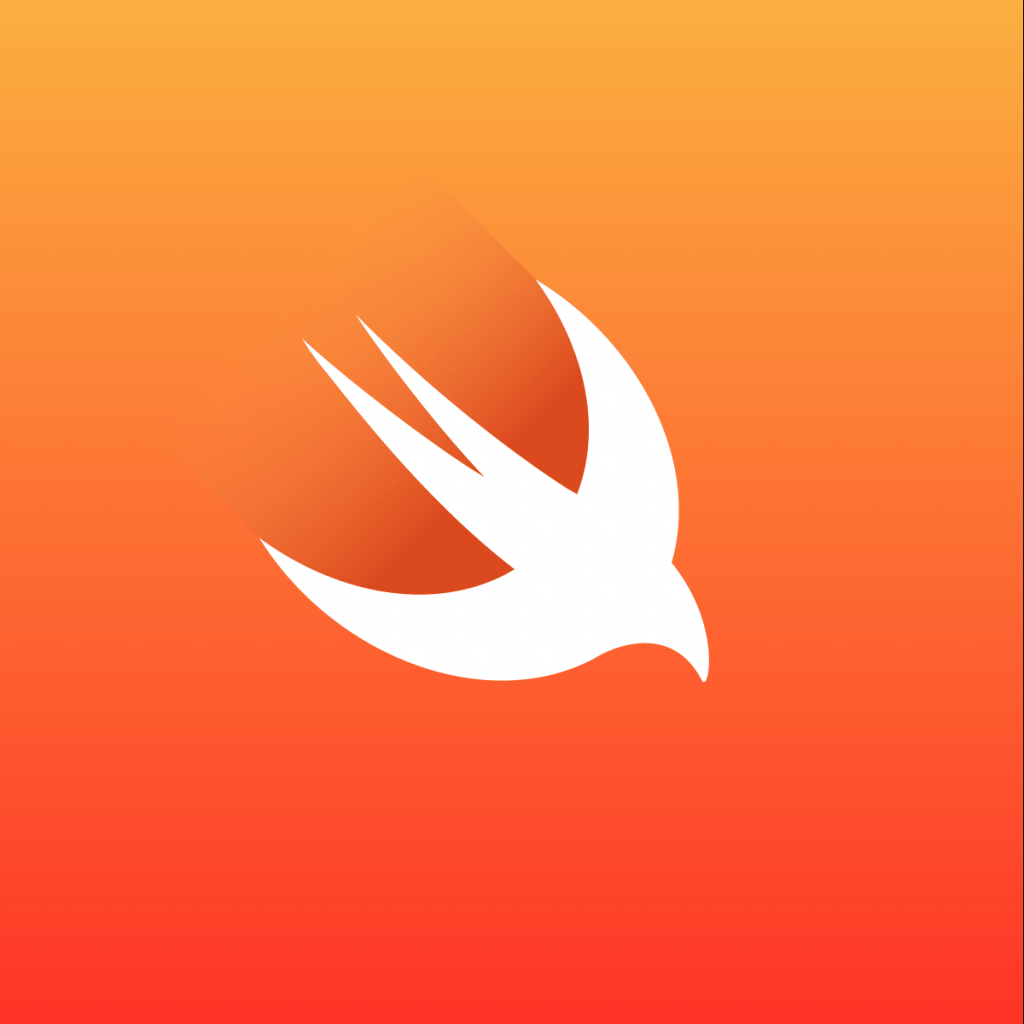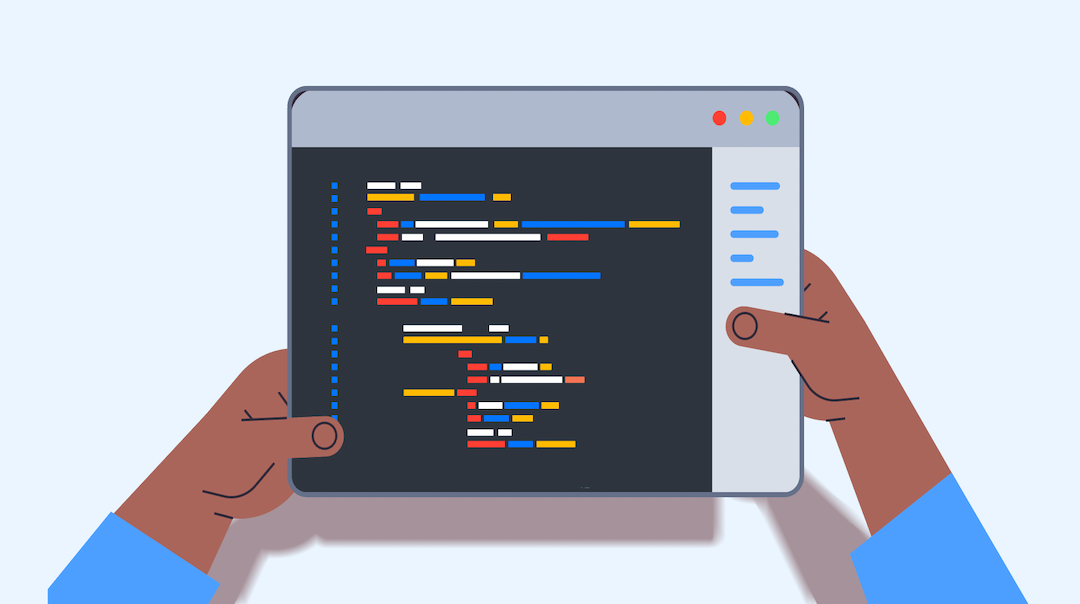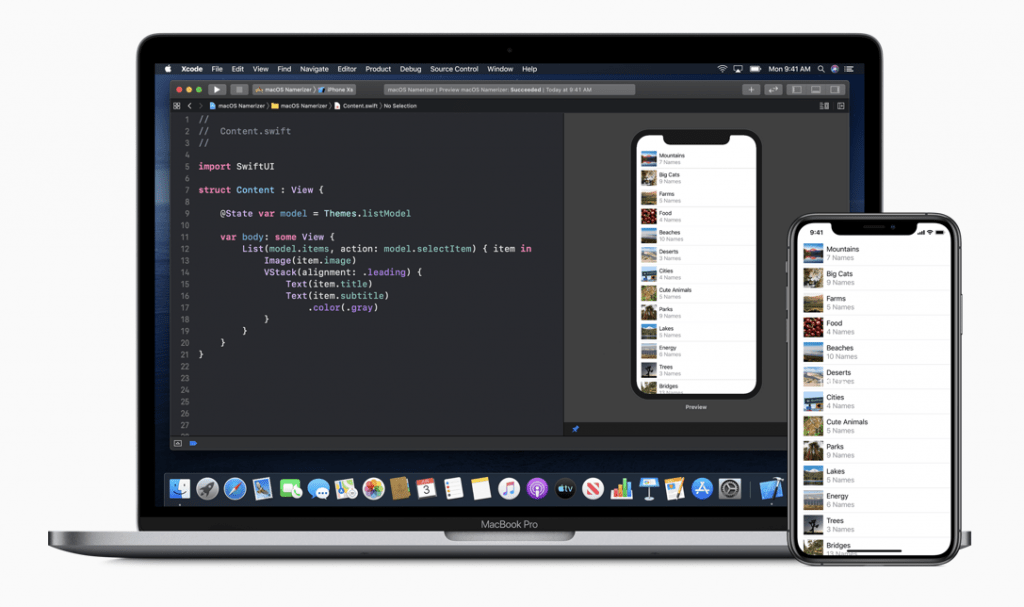
I. Introduction
Welcome to the exciting world of app development with Swift If you are a new programmer, this guide is designed to give you a comprehensive overview of Swift development and help you start your programming journey smoothly and rewardingly.
Overview of Swift Development: A Guide for New Programmers
Swiftcreated by Apple, has become the go-to language for developing iOS, macOS, watchOS, and tvOS applications. This modern and powerful language offers a unique combination of simplicity and performance, making programming accessible even to beginners. In this section, we'll explore the fundamentals of Swift, its evolution, and why it has become the preferred choice for many developers worldwide
The Importance of Swift Development for New Developers
Choosing the right programming language is crucial for new developers. Swift stands out with its clear and concise syntax, making code easy to read and write. Its exceptional performance and built-in safety features make it an ideal choice for those starting in app development. In this section, we'll discuss why choosing Swift can significantly simplify your learning journey and position you to create innovative applications.
Objective: Provide a Comprehensive Introduction to Swift Development
The primary goal of this guide is to provide you with a complete introduction to Swift development. Whether you are a passionate student, a curious self-learner, or a professional looking to expand your skills, this guide is designed to give you the essential foundations. You'll learn how to set up your development environment, understand the core concepts of Swift, and create your first project.
In the upcoming sections, we'll delve into the various facets of Swift development, focusing on building a solid foundation for your development journey. Prepare to gain practical skills, understand best practices, and become familiar with the dynamic ecosystem surrounding Swift development.
Get ready to dive into the fascinating world of Swift development!
II. Swift Development Fundamentals

In this section, let's dive into the core fundamentals of Swift development. Understanding Swift's history, key features, and advantages, as well as a comparison with other languages, is essential to building a solid foundation, especially for beginner developers.
History of Swift Development: How Swift Became the Language of Choice
Swift emerged in 2014 with the ambitious goal of creating a safer, faster, and more modern language for iOS and macOS app development. The need to overcome the limitations of existing languages led to Swift's creation. We'll explore its evolution over the years, from its initial versions to its most recent improvements, to give you a deep understanding of this revolutionary language's trajectory.
Conseil pratique : Explorez les versions antérieures de Swift pour comprendre son évolution et pour apprécier pleinement les fonctionnalités les plus récentes.
Key Features and Advantages of Swift Development for Beginners
Swift offers more than just elegant syntax. We'll examine its features in detail, such as syntactic simplicity, built-in safety, and automatic memory management. Additionally, we'll highlight the specific benefits for beginners, including Swift Playground's interactive development environment. These practical features and advantages make Swift accessible, encouraging a smoother learning curve.
Practical Tip: Use Swift Playground for an interactive learning experience, experiment, and test your code in real-time.
Comparison with Other Languages: Why Swift Development is Preferable for Beginners
To fully understand Swift's appeal, let's compare it to other commonly used languages. We'll examine elements such as code readability, flexibility, and the development ecosystem. Discover why Swift is often recommended to beginners, whether for its understandable syntax, extensive community support, or seamless integration with Apple products.
Practical Tip: Participate in developer forums and ask questions to get feedback on using Swift compared to other languages.
By exploring these fundamentals, you'll be better equipped to navigate Swift development. Stay with us as we move to practical steps, where we'll apply this knowledge to creating concrete projects and solving real challenges. Prepare to transition from concept to practice in your journey to mastering Swift development.
III. Setting Up the Swift Development Environment
As an aspiring developer, the first step of your exciting adventure into Swift development is to prepare your workspace. In this section, we will thoroughly explore the crucial installation of Xcode, expertly configure your Swift development environment, and finally, create your very first Swift project.
Installing Xcode: The Essential Starting Point for Swift Development
Xcode, the holy grail of iOS and macOS developers. Before diving into the sea of codes, we will guide you through the installation process of Xcode. Explore the features that make it more than just an IDE, such as the intelligent code editor, intuitive graphical interface, and powerful debugging tools. Be ready to leverage all the resources offered by this essential environment.
Practical Tip: Avoid automatic installations and customize the setup to include only what you need, saving space and speeding up the process.
Configuring the Swift Development Environment: Preparing Your Workspace
With Xcode in hand, let's customize your workspace. Dive into configuring your Swift development environment by adjusting the interface to your preferences, exploring useful plugins and extensions, and optimizing project settings. A well-configured workspace is key to smooth and enjoyable development.
Practical Tip: Enable the "Show live issues" feature in Xcode to detect errors in real-time, improving your code quality.
Creating a First Swift Project: Steps to Start Your Swift Development Adventure
With your environment ready, it's time to code! Follow step-by-step instructions to create your first Swift project. We don't just show you how to set up a project; we'll also guide you through best practices, such as efficiently organizing source files and writing clear and concise code.
Practical Tip: Don't hesitate to consult Xcode's built-in documentation using the help function (Shift + Command + 0) for instant support.
By adopting these practices and tips, you'll be perfectly prepared for your Swift development beginnings. Stay engaged, as the next sections will delve deeper into the Swift language, providing you with the necessary skills and knowledge to create exceptional applications. Welcome to the exciting world of Swift development!
IV. Basic Structure of the Swift Language

Welcome to the crucial section where we will detail the fundamental structure of the Swift language. Fully understanding variables, data types, control structures, functions, and procedures is imperative to building a solid foundation as a competent Swift developer. Let's dive into these essential elements with practical tips to guide you every step of the way.
Variables and Data Types in Swift Development: Understanding the Basics
Variables are like the pieces of the puzzle in the world of Swift code. We'll show you how to declare variables, assign values, and navigate through fundamental data types like integers, decimals, and strings. This basic mastery is the very foundation of any data manipulation in your applications.
Practical Tip: Adopt meaningful variable names to make your code understandable without having to decipher it.
Control Structures in Swift Development: A Beginner's Guide
Control structures are the steering wheel of your program. Dive into loops and conditions in Swift, learn how to make decisions and repeat actions. This practical guide will help you write flexible and responsive programs, a must for any budding developer.
Practical Tip: Use logical and comparison operators wisely to simplify your conditions.
Basic Functions and Procedures in Swift Development: Essential Elements to Start
Functions and procedures are your tools for building solid architectures. Explore creating functions, managing parameters and return values, and discover how procedures can make your code more modular. This skill is crucial for developing robust and easily maintainable applications.
Practical Tip: Break your code into functions to avoid repetition and facilitate future updates.
By fully grasping the basic structure of Swift, you'll build the foundation needed for more complex projects. The next step will lead you to explore more advanced concepts. Stay with us to refine your Swift programming skills and discover how these fundamental elements fit into creating real applications. You are on your way to becoming a master of Swift development!
V. Data Manipulation and Objects in Swift Development
Managing Arrays and Dictionaries in Swift Development: Data Manipulation Basics
Arrays and dictionaries are the developer’s allies in data manipulation. Dive into the basics, from creation to manipulation, and searching for specific elements. To maximize efficiency, explore high-level functions like map, filter, and reduce. These powerful tools make data manipulation easier, making your code more elegant and functional.
Practical Tip: Use closures with array functions for increased flexibility in data processing.
Using Classes and Objects in Swift Development: Introduction to Object-Oriented Programming in Swift
Object-oriented programming (OOP) is the backbone of Swift. Enjoy an in-depth introduction to using classes and objects, the key components of OOP. Learn how to create classes, instantiate objects, and organize your code with inheritance. For logical architecture, exploit OOP features to structure your applications modularly and extensibly.
Practical Tip: Use extensions to add functionality to existing classes without modifying them, thus promoting modularity.
Basic Concepts of Object-Oriented Programming in Swift Development: Understanding the Fundamentals
Let’s dive deeper into the intricacies of OOP in Swift. Explore encapsulation, inheritance, and polymorphism, concepts that create the magic of OOP. Learn to apply them to create flexible and reusable architectures. A deep understanding of these fundamentals will position you as a developer capable of designing robust and scalable applications.
Practical Tip: Use protocols to define interfaces and ensure better code conformity.
By mastering these practical skills in data and object manipulation, you’ll be better prepared to tackle more complex challenges. Stay tuned, as the next step will guide you through advanced topics and real-world applications. Prepare to become a master architect of Swift development!
VI. User Interface with SwiftUI in Swift Development

Introduction to SwiftUI: A Modern Way to Create User Interfaces in Swift
SwiftUI n’est pas simplement une évolution, c’est une révolution dans le monde des interfaces utilisateur. Découvrez les bases de SwiftUI, son approche déclarative et comment elle accélère le processus de création d’interfaces. Plongez dans une expérience de développement visuel où la prévisualisation en temps réel devient votre alliée pour un ajustement précis. L’objectif : vous immerger dans un environnement où la création d’interfaces devient fluide et plaisante.
Practical Tip: Use the Preview feature in Xcode to see changes in real-time and iterate quickly.
Creating Basic User Interfaces with SwiftUI: Step-by-Step Guide
Practicality first. Follow step-by-step instructions to create basic user interfaces with SwiftUI. Learn how to use common components like Text, Button, and Image to build functional and aesthetic interfaces. This hands-on approach will help you gain confidence and understand the basic principles of SwiftUI.
Practical Tip: Use the Preview feature in Xcode to see changes in real-time and iterate quickly.
Introduction to Interactivity and Animations in SwiftUI: Bringing Your User Interfaces to Life
Interactivity and animations are the essence of dynamic interfaces. Learn how to make your interfaces interactive with SwiftUI, adding buttons, sliders, and other elements that respond to user actions. Explore animation basics to bring your interfaces to life, creating engaging and intuitive experiences.
Practical Tip: Use SwiftUI’s built-in animations for simple effects and learn to combine them for more complex interactions.
By mastering SwiftUI, you'll create visually stunning and interactive interfaces, ensuring a memorable user experience. Keep following as we delve into advanced Swift concepts and practical applications, guiding you towards becoming a proficient Swift developer.
VII. Advanced Concepts in Swift Development
Memory Management and Automatic Reference Counting (ARC) in Swift Development
Memory management is crucial for performance and reliability. Discover how Swift handles memory through Automatic Reference Counting (ARC). Learn how to manage references, understand retain cycles, and avoid common pitfalls that can lead to memory leaks. Mastering these concepts ensures that your applications run smoothly and efficiently.
Practical Tip: Use weak and unowned references to break retain cycles and prevent memory leaks.
Error Handling in Swift Development: Best Practices and Practical Applications
Robust error handling is vital for reliable applications. Explore Swift’s error handling mechanisms, including do-try-catch blocks and custom error types. Learn best practices to write code that gracefully handles unexpected situations, providing users with a seamless experience even when things go wrong.
Practical Tip: Use error propagation to pass errors up the call stack, simplifying your error-handling code.
Asynchronous Programming in Swift Development: Using GCD and Async/Await
Modern applications often require asynchronous operations. Discover the power of Grand Central Dispatch (GCD) and the newer async/await syntax in Swift. Learn to manage background tasks, improve performance, and keep your user interface responsive. These advanced techniques are essential for creating efficient and user-friendly applications.
Practical Tip: Use DispatchQueue.main.async to update the UI from background threads safely.
By mastering these advanced concepts, you'll be prepared to tackle complex challenges and develop high-performance applications. Keep following as we delve into practical applications and real-world examples, guiding you towards becoming an expert Swift developer.
VIII. Practical Swift Development Projects
Developing a Simple iOS App with Swift: Step-by-Step Guide
Putting theory into practice is essential for solidifying your learning. Follow a comprehensive guide to developing a simple iOS app from scratch. Learn how to set up your project, design the user interface, implement core functionality, and test your app. This hands-on project will give you the confidence and skills to create your own applications.
Practical Tip: Break down your project into smaller tasks and tackle them one by one to avoid feeling overwhelmed.
Creating a macOS Application with Swift: Practical Examples
Expand your horizons by creating a macOS application. Discover the similarities and differences between iOS and macOS development. Follow practical examples to build a functional macOS app, learning about specific components and design principles for desktop applications.
Practical Tip: Use storyboards and XIB files to design your macOS app's user interface visually.
Exploring WatchOS and TVOS Development with Swift: Specialized Projects
Take your skills further by exploring WatchOS and TVOS development. Learn the unique aspects of developing for these platforms and create specialized projects that demonstrate your versatility as a Swift developer. Understanding these platforms expands your capabilities and opens up new opportunities.
Practical Tip: Familiarize yourself with the Human Interface Guidelines (HIG) for each platform to create intuitive and consistent user experiences.
By working on these practical projects, you'll gain hands-on experience and build a portfolio showcasing your skills. Continue learning and exploring new challenges to become a well-rounded Swift developer.
IX. Resources and Next Steps
Continuous learning is crucial in the ever-evolving field of development. Discover a curated list of recommended resources to further your Swift development skills. Explore books, online courses, tutorials, and official documentation that provide in-depth knowledge and practical insights. These resources will help you stay updated and refine your expertise.
Récapitulation des Points Clés pour les Débutants en Développement Swift
Revenons sur les moments forts de votre parcours. Vous avez exploré les bases du langage Swift, plongé dans la création d’interfaces utilisateur avec SwiftUI, maîtrisé la gestion des erreurs et du débogage, adopté des bonnes pratiques de codage, et découvert des ressources inestimables. Ce sont les fondations sur lesquelles vous construirez votre expertise en développement.
Conseil de révision : Revisitez vos projets et expériences pour consolider vos connaissances et identifier les domaines à renforcer.
Encouragement et Conseils pour les Nouveaux Développeurs Swift
Le chemin du développement peut parfois être complexe, mais rappelez-vous que chaque défi est une opportunité d’apprendre. Soyez persévérants, continuez à coder, et n’ayez pas peur d’explorer de nouveaux horizons. Votre dévouement vous propulsera vers des niveaux de maîtrise toujours plus élevés.
Conseil d’encouragement : Ne sous-estimez pas le pouvoir de la communauté. Partagez vos réussites, demandez de l’aide lorsque nécessaire, et appréciez le voyage collectif.
Invitation à Explorer des Sujets Plus Avancés dans le Domaine du Développement Swift
Votre aventure en développement Swift ne fait que commencer. Nous vous invitons maintenant à explorer des sujets plus avancés. Plongez-vous dans des architectures de code avancées, découvrez les dernières tendances en matière de développement d’applications mobiles, et explorez les frameworks spécialisés. Le domaine du développement est vaste, et chaque nouvelle connaissance ouvre la porte à des opportunités passionnantes.
Conseil d’exploration : Identifiez vos intérêts spécifiques, que ce soit le développement iOS, le développement côté serveur avec Swift, ou l’exploration de l’intelligence artificielle.
En conclusion, le développement Swift offre un monde d’opportunités. Félicitations pour avoir franchi ces premières étapes, et rappelez-vous que le succès dans le développement vient avec la pratique et la curiosité continue. Restez passionnés, continuez à apprendre, et n’ayez jamais peur de repousser les limites de votre savoir. Le monde du développement vous attend avec d’innombrables défis et récompenses. Bonne continuation dans votre parcours passionnant en tant que développeurs Swift !


